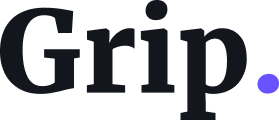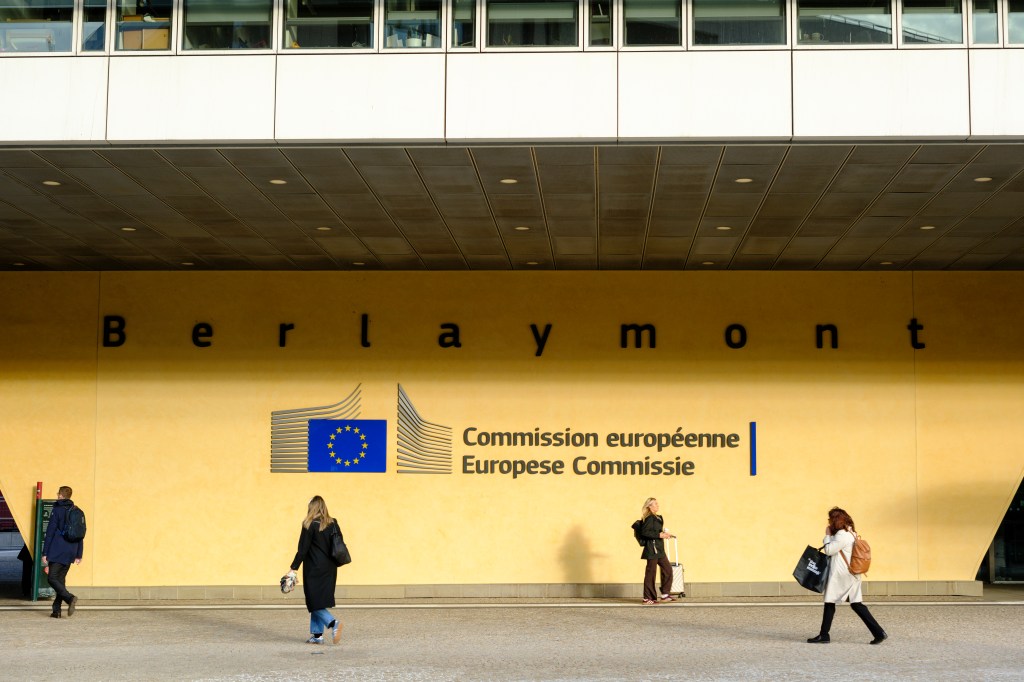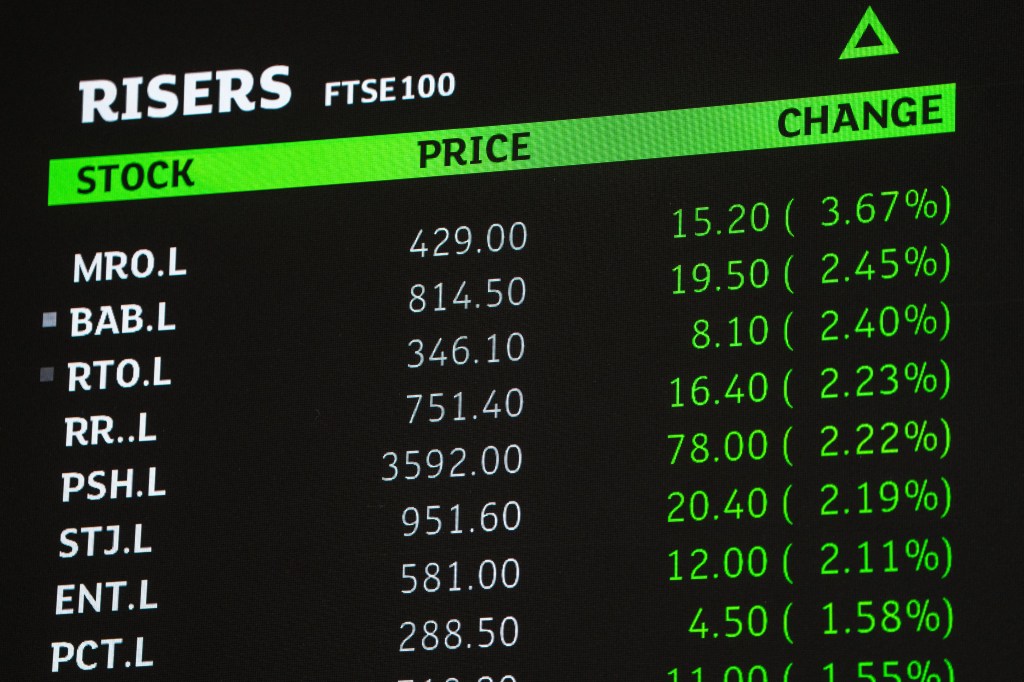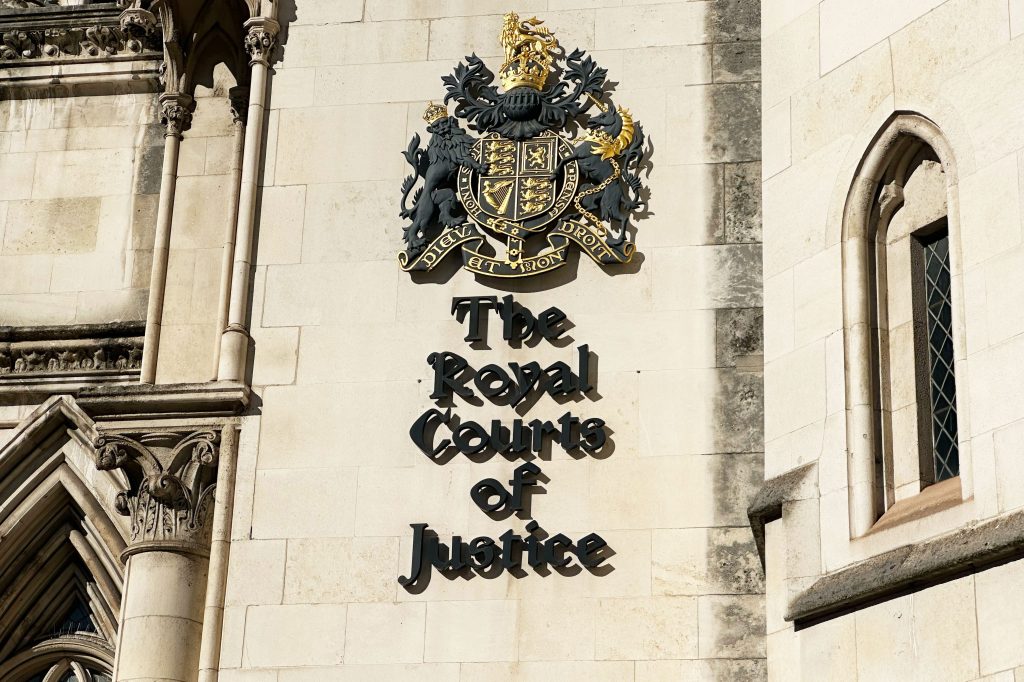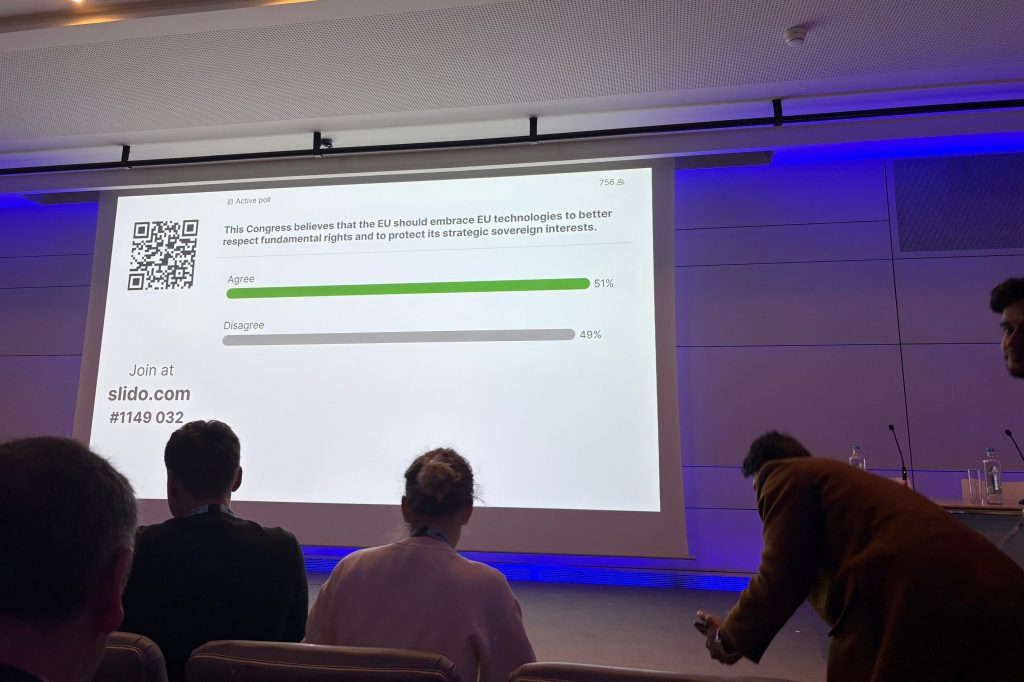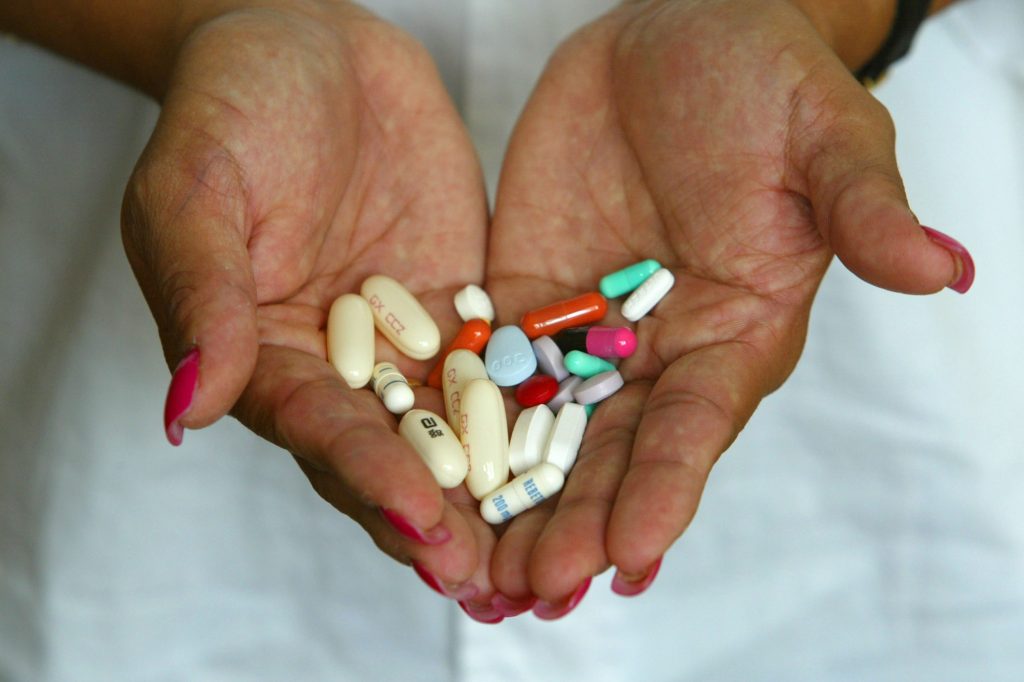The US Justice Department recently announced the results of its 2025 National Healthcare Fraud Takedown, which led to criminal charges against 324 defendants, including 96 doctors, nurse practitioners, pharmacists, and other licensed medical professionals, in 50 federal districts and by 12 State Attorneys General’s Offices across the country.
The charges included allegations that the defendants participated in various healthcare fraud schemes involving over $14.6 billion in intended loss.
This year’s Takedown involved federal and state law enforcement agencies across the country, and the government seized over $245m in cash, luxury vehicles, cryptocurrency, and other assets as part of the coordinated enforcement effort. The DOJ said in its press release that the Takedown “represents an unprecedented effort to combat health care fraud schemes that exploit patients and taxpayers.”
As part of what is being called the “whole-of-government approach to combating healthcare fraud,” the Centers for Medicare and Medicaid Services also announced it had successfully prevented over $4.4 billion from being paid in response to false and fraudulent claims and that it had suspended or revoked the billing privileges of 205 providers in the months leading up to this effort.
In addition to the criminal charges, civil ones were brought against 20 defendants for $14.2m in alleged fraud. And civil settlements involving 106 defendants totaled $34.3m.
Matthew Galeotti, Head of DOJ’s Criminal Division, said his division “is intensely committed to rooting out health care fraud schemes and prosecuting the criminals who perpetrate them because these schemes: (1) often result in physical patient harm through medically unnecessary treatments or failure to provide the correct treatments; (2) contribute to our nationwide opioid epidemic and exacerbate controlled substance addiction; and (3) do all of that while stealing money hardworking Americans contribute to pay for the care of their elders and other vulnerable citizens.”
“The Division’s Healthcare Fraud Unit and US Attorneys’ Offices stand united with our law enforcement partners in this fight, and we will continue to use every tool at our disposal to protect the integrity of our health care programs for the American people,” he added.
Healthcare fraud enforcement initiatives
The Trump Administration has prioritized the prosecutions of healthcare fraud, noting that such fraud drains critical resources from programs intended to help people who truly need medical care. And some of the schemes were run by transnational criminal organizations (TCOs) based outside the US that have been operating complex fraud operations specifically targeting the American healthcare system, DOJ officials said.
This squares with the DOJ’s specific focus on TCOs in its prosecution approach under this administration as well as with President Trump’s executive orders.
In addition to explaining its Takedown effort, the DOJ also announced that it is working closely with HHS-OIG, FBI, and other agencies to create a Healthcare Fraud Data Fusion Center to bring together experts from the Department’s Criminal Division, Fraud Section, Healthcare Fraud Unit Data Analytics Team; Health and Human Services’ Office of the Inspector General (HHS-OIG); FBI; and other agencies to leverage cloud computing, artificial intelligence, and advanced analytics to identify emerging health care fraud schemes.
This data fusion center will help to further implement the President’s executive order issued earlier this year – entitled “Stopping Waste, Fraud, and Abuse by Eliminating Information Silos” – by reducing duplicative data teams, increasing operational efficiency through a whole-of-government approach, and leveraging cloud computing, artificial intelligence, and other agency resources, the DOJ claimed.
The DOJ also emphasized its use of advanced data analytics in this year’s Takedown effort, particularly in connection with its detection of anomalous billing associated with Operation Gold Rush, a case described below.
Since March 2007, a collaborative enterprise called Healthcare Fraud Strike Force, which operates in 27 districts, has charged more than 5,400 defendants who had collectively billed Medicare, Medicaid, and private health insurers more than $27 billion.
And DOJ and HHS just announced earlier this month their launch of a working group focused on enforcement of the False Claims Act (FCA); through the group, HHS will make referrals about any potential FCA violations it is bringing in certain priority areas to DOJ.
TCOs and healthcare fraud nexus
One example of a fraud involving a TCO announced as part of this Takedown was an investigation known as Operation Gold Rush. This DOJ sting operation resulted in the largest loss amount ever charged in a healthcare fraud case brought by the DOJ, the agency said.
The charges involved 19 defendants; 12 of whom have been arrested, including four defendants who were apprehended in Estonia as a result of international cooperation with Estonian law enforcement, and seven defendants who were arrested at US airports and the US border with Mexico, cutting off their intended escape routes as they attempted to avoid capture.
The organization allegedly used a network of foreign straw owners, including individuals sent into the United States from abroad, who, acting at the direction of others using encrypted messaging and assumed identities from overseas, strategically bought dozens of medical supply companies located across the United States.
They then rapidly submitted $10.6 billion in fraudulent healthcare claims to Medicare for urinary catheters and other durable medical equipment, exploiting the stolen identities of over one million Americans spanning all 50 states, and using their confidential medical information to submit these.
Another action detailed in the DOJ’s Takedown case summary document involved foreign actors who generated audio recordings using artificial intelligence that purported to reflect Medicare beneficiaries’ consent to receive products.
The defendants sold these recordings, along with stolen Medicare beneficiary data, to labs and durable medical equipment companies, which, in turn, relied upon the recordings to support alleged false claims to Medicare.
Significance
The agencies will work together to expedite investigations in the healthcare fraud arena and to identify new leads through enhanced data mining and assessment of HHS and HHS-OIG report findings, possibly seeking to rely less on those bringing FCA qui tam actions on behalf of the government.
And they are likely seeking to outsmart fraudsters who are becoming ever more sophisticated in using deceptive tactics (like the manipulation of electronic health records systems) and who often use often digital assets in perpetrating their crimes.
It’s not new for the government to target healthcare fraud, to use an inter-agency approach to doing so, or to hone in on frauds that target the vulnerable, such as elderly patients, and for many of the cases to involve billing for medically unnecessary testing.
But the size of this year’s Takedown and the emphasis placed here – when other areas of criminal and civil prosecution are being tempered in some ways by this administration – is telling.
